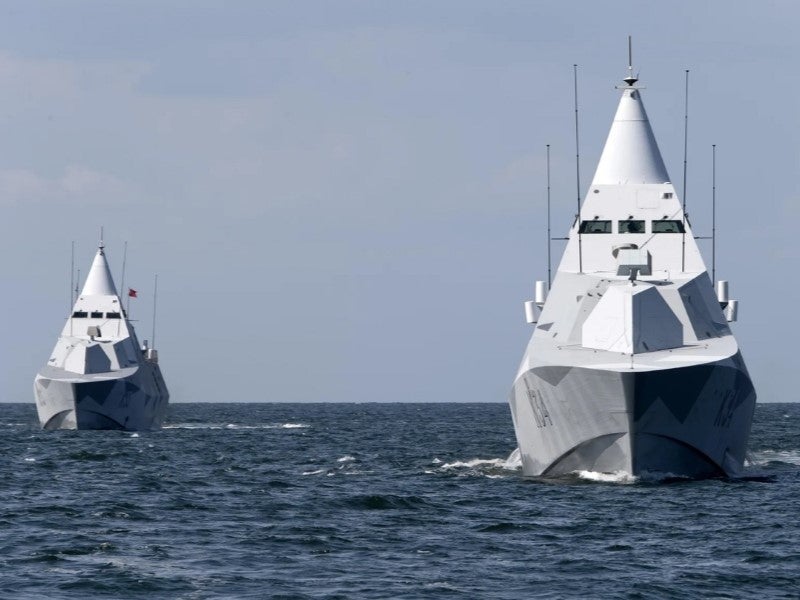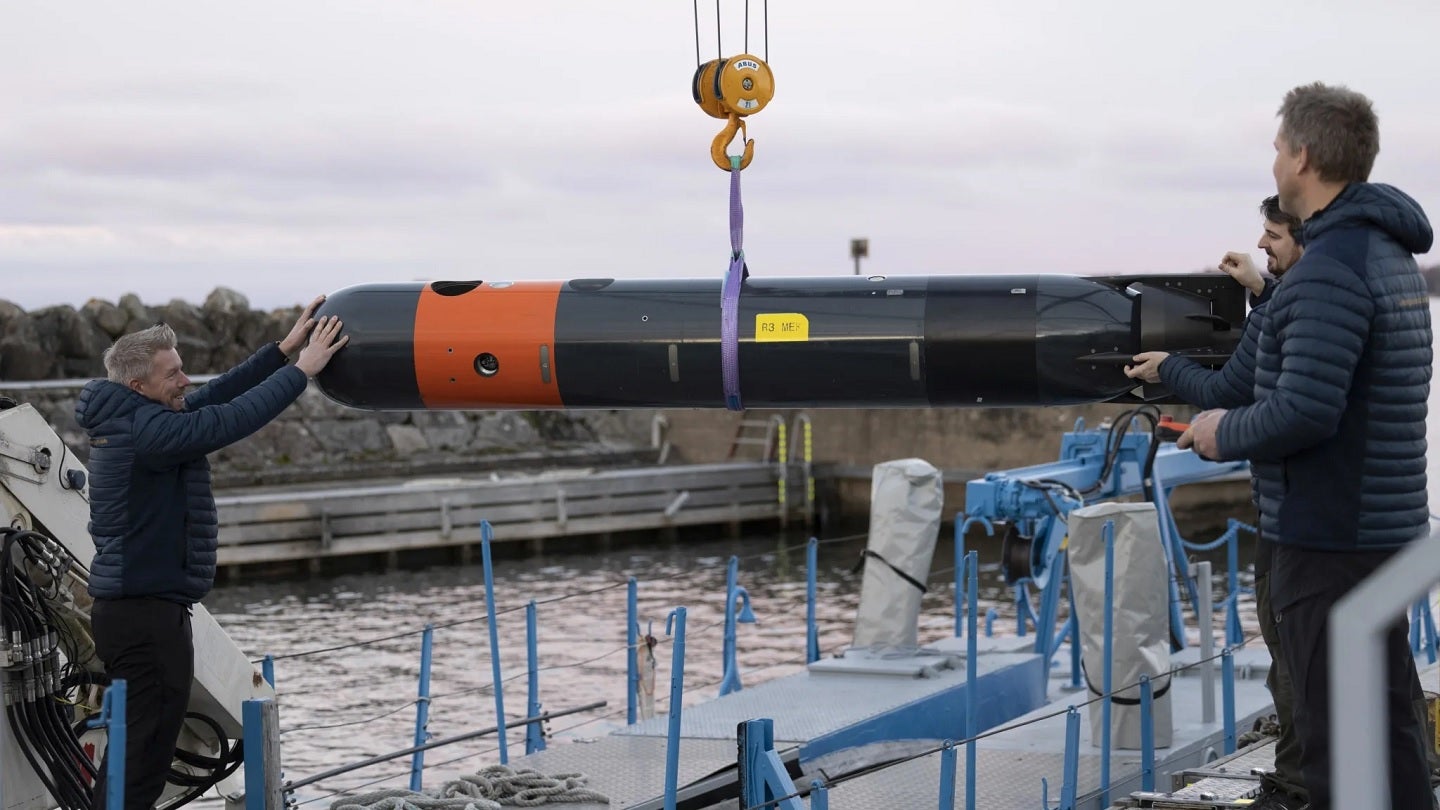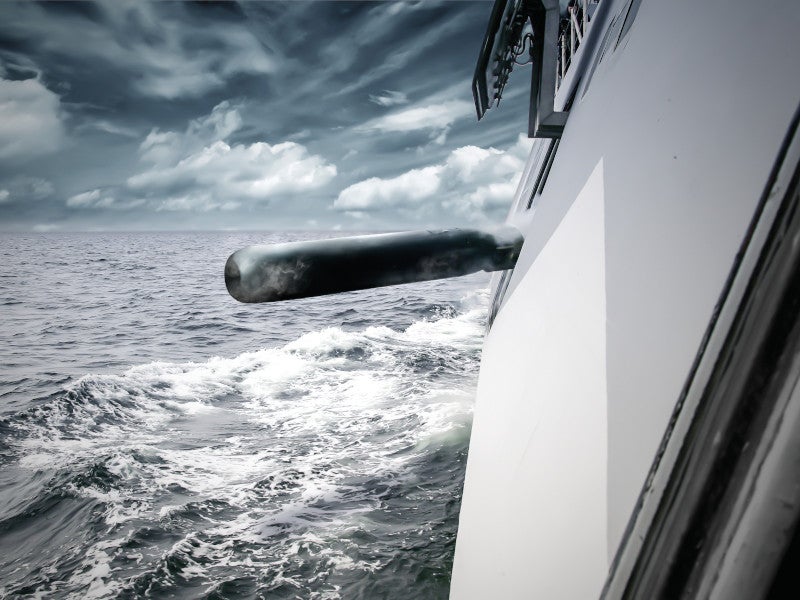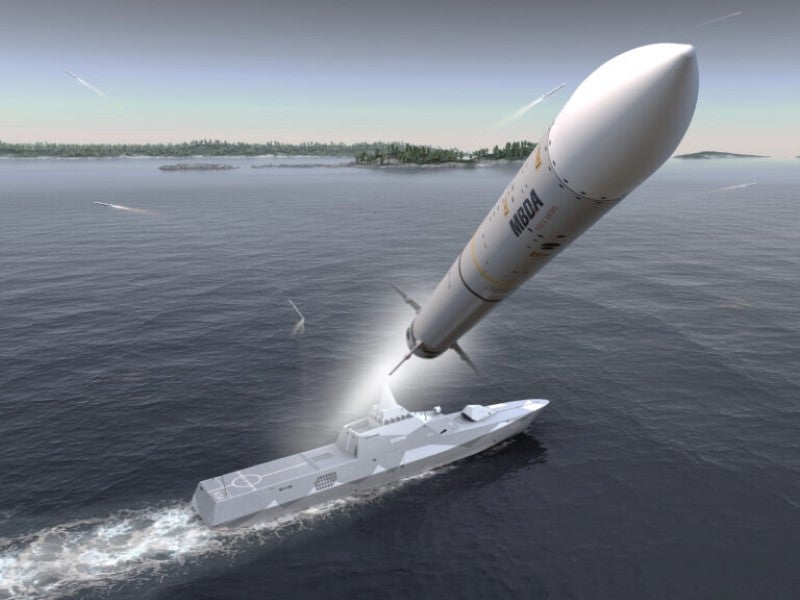The Visby class of stealth corvettes was built for the Swedish Navy by the Swedish company Kockums, which is part of Saab.
The first four Visby corvettes are for mine countermeasures (MCM) and anti-submarine warfare (ASW). The last vessel is primarily for the attack and anti-surface warfare role.
A helicopter such as the AgustaWestland A109M selected by Sweden can land, take off and refuel on the upper deck.
In January 2021, Saab secured a contract from the Swedish Defence Materiel Administration (FMV) to undertake the product definition phase for mid-life upgrades (MLU) of the five Visby-class corvettes.
The product definition phase is aimed at making the ships operate beyond 2040 in addition to modifying their existing systems. The contract also includes a product definition phase for the next-generation Visby Generation 2 corvettes.
The MLU began in 2023 with MBDA, a multinational developer and manufacturer of missiles, securing a contract from FMV to deliver the Common Anti-air Modular Missiles (CAMMs) for the five corvettes in November of the same year.
The installation process for the missile system is scheduled to begin at the end of 2025 and the first vessel is expected to be delivered a year later.
Visby class corvettes construction
Construction of the first Visby-class corvettes began in 1996 at Kockums’ Kalrskrona yard. The lead ship of the class, Visby (K31), was launched in June 2000 and was delivered to the FMV (the Swedish Defence Materiel Administration) in June 2002 for fitting with weapons and combat systems.
The second, HMS Helsingborg (K32), was launched in June 2003 and delivered in April 2006. Harnosand (K33) was launched in December 2004. HMS Visby and Harnosand were officially delivered to the FMV in June 2006.
The other hulls are Nykoping (K34), launched in August 2005 and delivered in September 2006, and Karlstad (K35), launched in August 2006.
Two corvettes, HMS Helsingborg and Harnosand, were delivered to the Swedish Navy in December 2009. The Swedish Navy cancelled an option on a sixth vessel (Uddevalla K36).
Design
The Visby corvette incorporates Genuine Holistic Stealth – GHOST® technology, which offers enhanced survivability and improved mission effectiveness.
The hull of the Visby is designed with large flat angled surfaces to minimise the optical and infrared signature, above-water acoustic and hydroacoustic signature, underwater electrical potential and magnetic signature, pressure signature, radar cross section and actively emitted signals.
A stealth corvette of the YS 2000 design has a detection range of 13km in rough seas and 22km in calm seas without jamming. In a jammed environment, the Visby would be detected at a range of 8km in rough sea and 11km in calm sea.
The hull material is a sandwich construction comprising a PVC core with carbon fibre and vinyl laminate. The material provides high strength and rigidity, low weight, good shock resistance, low radar and magnetic signature.
Command and control
The vessel’s CETRIS command, control and communications (C3) system consists of the Saab Systems 9LV mk3E combat management system, the MAST decision support aid and an integrated communications system.
The 9LV mk3 is based on open system architecture and uses the Windows NT operating system.
The SaabTech CEROS 200 radar and optronic fire control system is fully integrated into Visby’s combat management system.
The communications system has a high-capacity digital communications switch, developed by Danish company Maersk Data Defence (formerly Infocom) along with Karlskrona, which interconnects the voice and data communications channels. The system provides internal communications or open conference lines and access to external communications with radio links and land-based networks.
The navigation system captures data input from the satellites of the log, gyro and global positioning system (GPS) and calculates an intricately precise plot.
Missiles
Visby vessels were not initially fitted with an air defence missile system. The corvettes will now be equipped with MBDA’s Sea Ceptor naval air defence system, which will be used to deploy the CAMM missiles.
The corvettes are equipped with eight Saab Bofors Dynamics RBS 15 mk2 anti-ship missiles. The RBS 15 mk2 uses active Ku-band radar homing and has a range of more than 200km. The missile has a high subsonic speed, Mach 0.9, and is armed with a 200kg warhead. The missiles are installed below deck and are fired through special hatches to maintain the vessel’s stealth. The missiles’ exhaust plumes are managed in separate canals.
Saab was awarded a contract by the Swedish Armed Forces to develop and produce the next-generation anti-ship missile system for the corvettes in March 2017. The RBS15 Gungnir next-generation anti-ship missile system, unveiled in July 2020, combines the capabilities of the RBS15 with enhanced capabilities including improved combat range, a lower mass and an upgraded seeker.
Anti-submarine warfare
The Visby is equipped with a suite of ASW 127mm rocket-powered grenade launchers, depth charges and torpedoes. There are three fixed 400mm torpedo tubes for Saab Underwater Systems Tp 45 anti-submarine homing torpedoes.
In October 2022, Saab began the delivery of its lightweight torpedo, named Torped 47, for Swedish submarines and Visby corvettes.
The torpedo system had undergone final verification by FMV to meet its requirements before being commissioned with the Swedish Navy. The delivery follows the orders placed by Sweden in 2016.
The torpedo system was developed for the Baltic Sea environment with shallow water and complex topography and seabed where the emphasis is on locating and identifying submarines as well as navigation and communication by the torpedo.
Gun
The Visby is equipped with a Bofors 57mm 70 SAK mkIII general-purpose gun. The gun has a fully automatic loading system containing 120 rounds of ready-to-fire ammunition. The gun fires up to 220 rounds a minute to a maximum range of 17,000m.
Mine countermeasures (MCM)
The Visby carries Saab Bofors Underwater system ROVs (remotely operated vehicles) for mine hunting and the Atlas Elektronik Seafox ROV for mine disposal. The minehunting ROVs are a development of the Double Eagle mkIII.
The Visby corvettes are fitted with the Hydra multi sonar suite from General Dynamics Canada (formerly Computing Devices Canada), which integrates data from a Hydroscience Technologies passive towed array sonar, C-Tech CVDS-26 dual-frequency active Variable Depth Sonar (VDS), C-Tech CHMS-90 hull-mounted sonar and data from the ROVs.
Sensors
Saab Microwave Systems (formerly Ericsson) Sea Giraffe AMB 3D C-band multi-role radar provides air and surface surveillance and tracking and target indication to weapon systems. It features 3D agile multi-beam technology and can handle multiple threats up to 20,000m (65,000ft) at elevations up to 70°.
Electronic counter-countermeasures (ECCM) capabilities include ultra-low antenna sidelobes and both frequency and code agility. The antenna has a rotation rate of 30rpm for surveillance and 60rpm for air defence.
There is also an I-band surface search and I/J-band fire control radar.
Countermeasures
The CS-3701 tactical radar surveillance system (TRSS) from EDO Reconnaissance & Surveillance Systems provides electronic support measures (ESM) and radar warning receiver functions.
Visby class vessels are equipped with the MASS (multi-ammunition softkill) decoy system from Rheinmetall Waffe Munition (formerly Buck Neue Technologien) of Germany.
MASS can launch up to 32 omni-spectral projectiles in a time-staggered configuration against anti-ship missiles and guided projectiles. The MASS decoy covers radar, infrared, electro-optic, laser and ultraviolet wavebands.
Propulsion
The Visby is equipped with a combined diesel and gas turbine arrangement. Four TF 50 A gas turbines from Honeywell and two MTU 16V 2000 N90 diesel motors are connected to two gearboxes which run two Kamewa waterjet propulsors.
The motors provide a maximum speed of 15kt for long duration and 35kt for short duration. The ship has rudders and bow thrusters for harbour manoeuvring.











